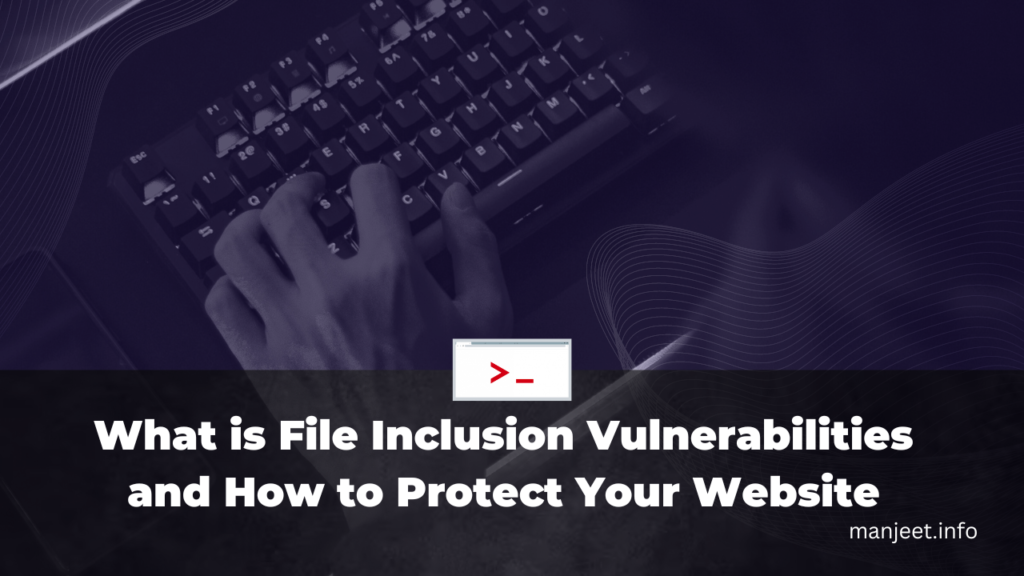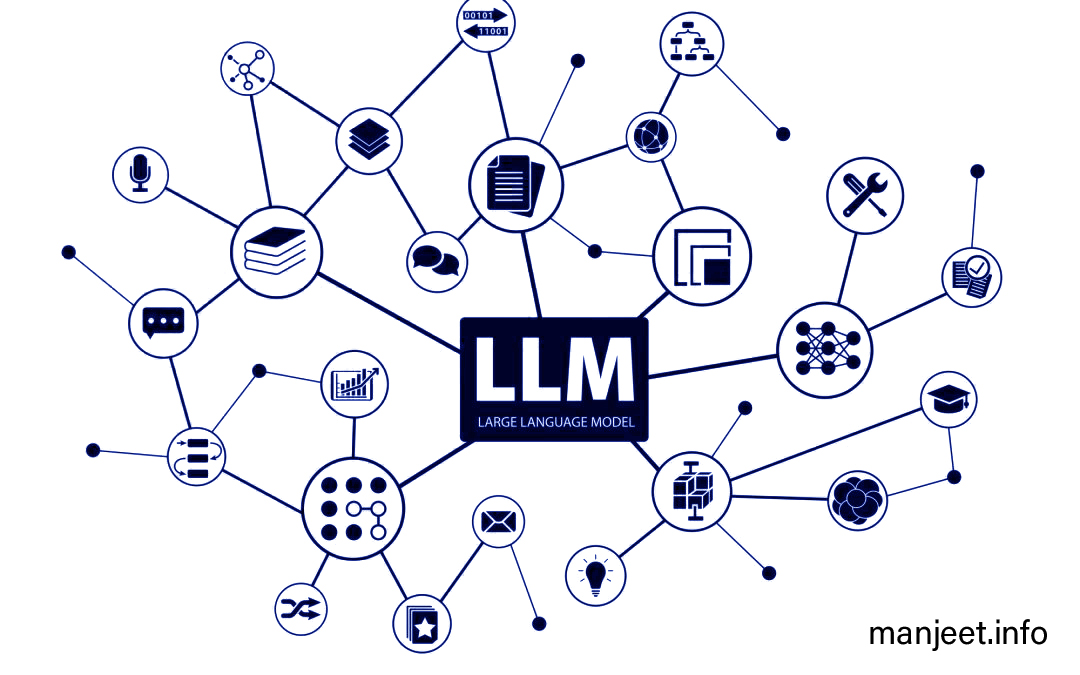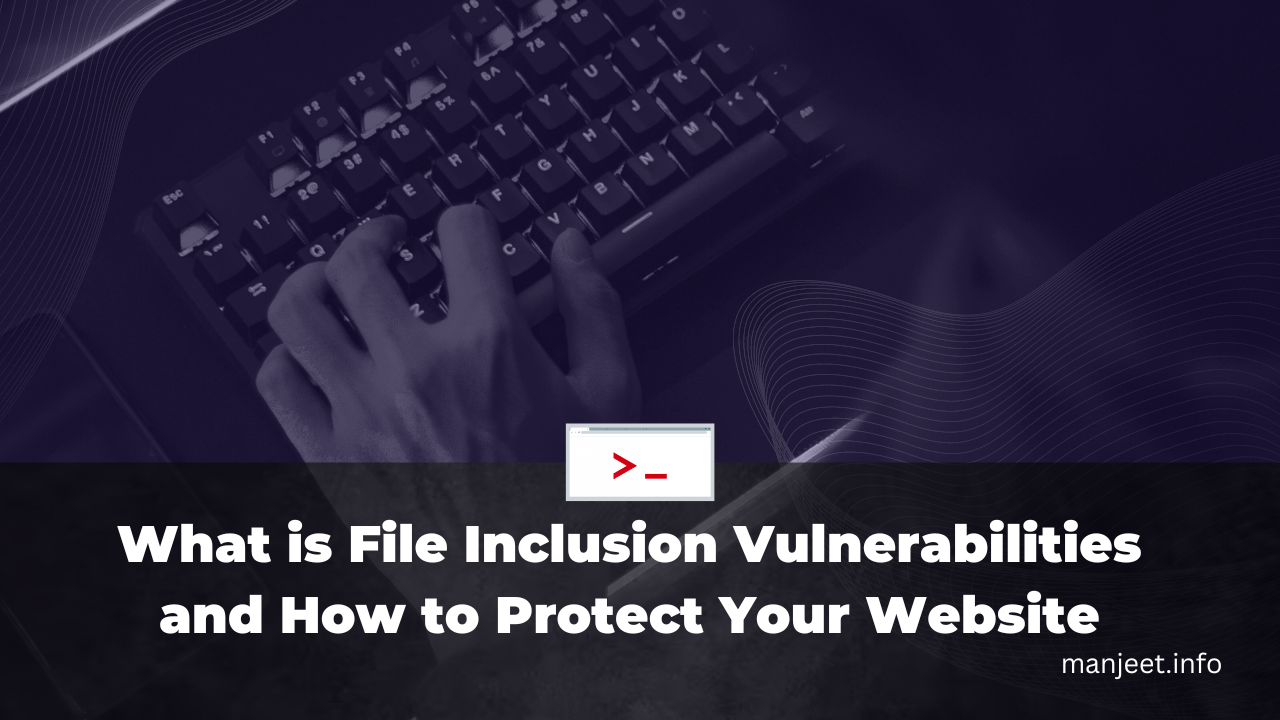File inclusion vulnerabilities is a common vulnerability found in web applications that allows an attacker to include a remote file into the website’s code. This type of attack can result in the compromise of the web application, as well as the server and its data. In this blog post, we will explore what file inclusion is, the types of file inclusion attacks, and how to prevent them.
What is File Inclusion?
File inclusion is a type of vulnerability that occurs when a web application allows users to include files from external sources, such as other web pages, servers, or files on the same server. There are two main types of file inclusion vulnerabilities: Local File Inclusion (LFI) and Remote File Inclusion (RFI).
Local File Inclusion (LFI) is a type of vulnerability that occurs when a web application includes a local file on the server. An attacker can exploit this vulnerability by specifying a path to a file on the server and including it in the application code. This can allow the attacker to view sensitive files or execute arbitrary code on the server.
Remote File Inclusion (RFI) is a type of vulnerability that occurs when a web application includes a remote file on a different server. An attacker can exploit this vulnerability by specifying a URL to a file on a different server and including it in the application code. This can allow the attacker to execute arbitrary code on the server and compromise the entire system.
How to Prevent File Inclusion Attacks?
There are several ways to prevent file inclusion attacks in web applications. Here are some of the most effective ways to prevent file inclusion attacks:
- Use whitelisting: Whitelisting is the process of allowing only specific input values to be accepted by the web application. This can be done by using regular expressions or other validation techniques to ensure that only valid input is accepted.
- Avoid using user input in file inclusion functions: Web developers should avoid using user input in file inclusion functions, such as include(), require(), and fopen(). Instead, they should use hard-coded file names or trusted sources of input to prevent malicious file inclusion.
- Use a Content Security Policy (CSP): A Content Security Policy (CSP) can be used to prevent the inclusion of external resources in web pages. This can be done by specifying the domains from which resources can be loaded and blocking all other domains.
- Limit access to sensitive files: Web developers should limit access to sensitive files on the server to prevent unauthorized access. This can be done by using file permissions or by storing sensitive files outside of the web root directory.
Conclusion:
File inclusion is a serious vulnerability that can compromise the security of web applications and servers. By understanding the types of file inclusion attacks and implementing effective prevention techniques, web developers can protect their applications and prevent attackers from exploiting this vulnerability. Using whitelisting, avoiding user input in file inclusion functions, using a Content Security Policy, and limiting access to sensitive files are some of the most effective ways to prevent file inclusion attacks. It is important for web developers to be aware of this vulnerability and take appropriate measures to prevent it.
Read more about Protect Your Website from Hackers: A Comprehensive Guide to Website Security







